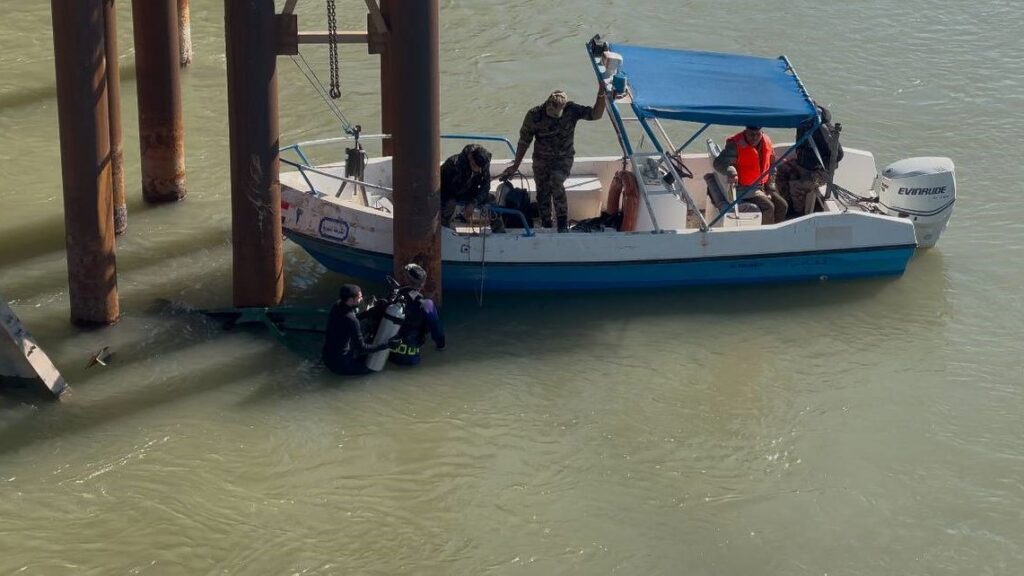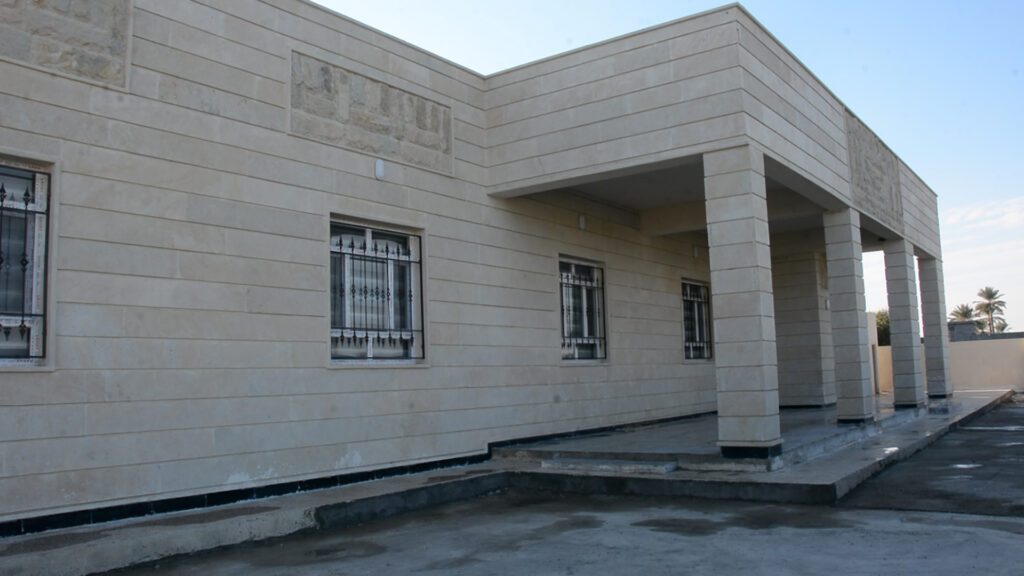Syrian Arab Republic: Syria: Humanitarian Response in Al Hol camp, Situation Report No. 4 – As of 29 May 2019 [EN/AR]
This report is produced by OCHA Syria in collaboration with humanitarian partners. It covers the period from 1 to 29 May 2019. Situation reports on Al Hol camp are published as required by developments on the ground.
HIGHLIGHTS
73,782 TOTAL POPULATION
91% WOMEN AND CHILDREN
182 CHILDREN REUNIFIED WITH FAMILY
20.8M FUNDING REQUIRED
SITUATION OVERVIEW
As of 29 May, the population of Al Hol is 73,782 people or 21,331 households. A total of 64,756 individuals have arrived since 4 December, putting the camp infrastructure under significant strain. The vast majority of the camp population are women and children (91%), with around 65% under the age of 12. The Al Hol camp population consists of Iraqis (43%),
Syrians (42%) and Third Country Nationals (15%).A total of 35 partners continue to implement and scale up their response in Al Hol. Three field hospitals have now been established in Phases 1, 4 and 7, and will be operational in the coming weeks. The expansion of services will greatly improve people’s access to life-saving health care and reduce the number of referral cases to neighbouring hospitals, with only the most critical cases transferred. Over the past few months,134 cases have been referred to hospitals in Tel Tamer and Ras Al Ayin due to space constraints in Al Hikmah and Al Hayat hospitals in Hassakeh city.
Following notification from Camp Administration on 12 May that it would no longer be pursuing the establishment of a separate camp, demarcation and fencing works have resumed in phases 6 and 8. Both phases are now ready with the exception of road gravelling and fencing, both of which are expected to be finalised in the coming weeks. The capacity of the two phases is 2,808 families (approx. 10,000 to 13,000 people). To date, 165 camp residents have been transferred from communal areas in Phase 7 to family tents in Phase 8. Although relocation is ongoing, it is slower than expected as many families are reluctant to move during Ramadan or from other areas where they have settled. Tents pitched at random and not spaced according to Sphere standards, pose significant additional protection risks. In the past week, three tents have burnt down, resulting in one death. Camp coordination and management are exploring the establishment of a fire extinguishing system.
As part of the relocation process and in order to reduce communal tensions among different groups, Camp Administration and humanitarian partners have agreed to create separate residential areas for Iraqi and Syrian families. Phases 1, 2, 3 and 7 will be allocated to Iraqi families (approx. 8,700) and Phases 4, 5, 6 and 8 dedicated to Syrian families (approx. 9,240). Third country nationals will continue to be hosted in the annex (approx. 3,340 families), which now comprises three sections.
Discussions are ongoing regarding the possible transfer to Al Hol camp of an estimated 15,000 Iraqis displaced by violence to informal settlements in Deir-ez-Zor prior to the Hajin crisis. So far, Camp Administration has indicated that the relocation is only likely to take place if there is an acceleration in Syrian returns and Iraqi departures from Al Hol. To date, only 28 families (107 individuals) have left Al Hol camp to return to places of origin in Shafa, Sousa and Baghouz towns in rural Deir-ez-Zor, although Camp Administration have recently informed that following an agreement with tribal leaders the return of Syrian IDPs to places of origin in Tabqa and Ar-Raqqa will begin in the next week. Departures will take place in batches of 500 individuals per week, starting with IDPs in possession of documentation. Those lacking documentation will require sponsorship in order to depart Al Hol. While an agreed process of departure has now been confirmed for Syrian IDPs from North East Syria, the process for the approx. 10,000 Syrian IDPs in Al Hol camp from other areas has yet to be clarified due to difficulties in arranging sponsorship.
Some 2,000 Iraqi refugee households have registered for repatriation. Although Camp Administration has signaled an intent to start returning Iraqis (in batches of 150 families) the process and timing remains unclear. Humanitarian partners have informed that they are not in a position to directly facilitate such movements at this time, until the situation in Iraq is considered safe for returnees.
The situation in the camp remains tense with several incidents in recent weeks. Between 3 and 5 May, demonstrations led by a group of women was staged in Phase 5 and in the Annex, demanding better services and information about the whereabouts of their husbands. No casualties were reported, although some protestors were reportedly detained by camp security. A series of demonstrations have also taken place in towns and villages in Deir-ez-Zor province, in which the release of residents from Al Hol camp was amongst demands. The main drivers of insecurity continue to be: absence of information on the whereabouts/welfare of detained male relatives, including children; restrictions on freedom of movement, including uncertainty over future/departure options; grievances due to living conditions, particularly in the annexes hosting foreign families (non-Iraqi), where access restrictions persist. Currently, dialogue is ongoing between service providers and Camp Administration on improving access to the annexes and ensuring that the population hosted there receives support and pathways towards possible solutions. Similar efforts are underway to improve communication with camp residents regarding the availability of services.
Protection concerns remain a significant challenge with 480 unaccompanied/separated children identified of whom 88 are in interim care units waiting for family tracing and reunification. There are also numerous pregnant girls and women (many under the age of 18), as well as unaccompanied elderly people and persons with disabilities.
The most common protection concerns expressed are: lack or confiscation of civil documentation, detention, family reunification, limited freedom of movement and options as well as timeframe of voluntary return.



